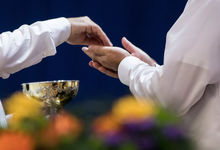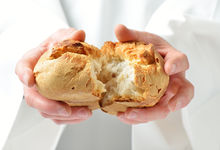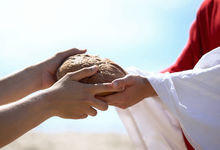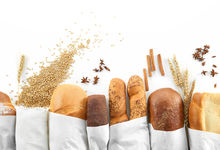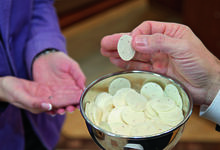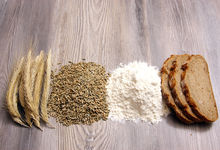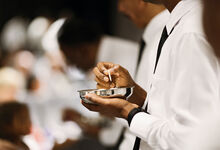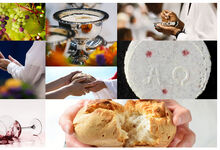The sacraments (22): Soft or solid, just a question of time
Was the Last Supper of Jesus a Passover meal? This question helped ignite one of the greatest divisions the church has ever seen. And to this day, it is this question that determines how we celebrate the sacrament. The underlying problem: the Bible contradicts itself.
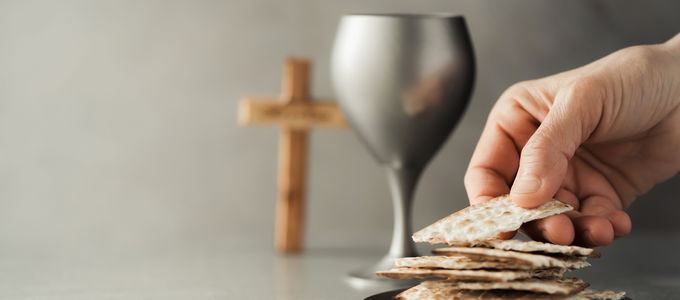
Crispy or fluffy? Unleavened or leavened? How is the element of “bread” in Holy Communion supposed to be baked anyway? This was one of the questions over which Christians in the West and East fell out in the eleventh century. And in the end, it was even a factor in the Great Schism that divided the church into the Catholic Church on one side and the Orthodox Church on the other side. And in the process, both had the Bible on their side!
Contradictions in the gospels
Mark, Matthew, and Luke are all in agreement: “Now on the first day of Unleavened Bread, when they killed the Passover lamb,” Jesus gathered with His disciples for the traditional festive meal. This celebration commemorated the exodus of the Israelites from slavery in Egypt. And since the proceedings of that past event had to move so quickly that there was no time to allow any leavened bread to rise, the Passover was (and still is to this day) celebrated with crispy flatbread.
However, the gospel of John places the Last Supper at least one day earlier, when leavened bread would indeed have been available. His chronology places Jesus’ death on the cross at precisely the same time that the Passover lambs were being slaughtered everywhere. It was their blood on the door posts that had saved the Israelites from the angel of death during the exodus. Now it was the blood of Jesus that was to redeem all mankind.
Did John change the timing of his reports to make this symbolism fit? Scholars have been in search of clues for generations.
Searching for clues in the New Testament
For many experts, the overall chronology of John is clearly more logical: the arrest of Jesus during the night and the crucifixion on the feast of the Passover? At the time, this would have been legally and socially inconceivable. Both Mark and Matthew even go so far as to contradict their own sequence of events by stating: “Not during the feast, lest there be an uproar of the people.”
On the other hand, the accounts of the Last Supper in particular include many other acts that are also familiar from the Passover meal, for example, the prayer of thanksgiving while breaking bread, the blessing over the wine, and the hymn of praise at the end of the meal. Then again, all of this was also common practice at other feasts or everyday meals.
Mind you, Mark, Matthew, and Luke likewise have good reason to hone the narrative of these events in their own manner: here the new Lord’s Supper replaces the old Passover meal, and the old covenant transitions into the new covenant.
What it’s really all about
So it is that the opinions go back and forth among interpreters. And it is difficult to discern which of the two perspectives has garnered the majority of adherents at any given time.
One thing is certain, however: the Last Supper was not a seder meal that followed the same order of events in effect today. At the earliest, this binding sequence for the Passover meal came into being during the second century. Very little is known about the exact order (“seder”) of the Passover meal at the time of Jesus.
Jesus Christ made it quite clear—at completely different meals, such as the miraculous feeding of the five thousand—what the bread at Holy Communion is really all about: “I am the bread of life. He who comes to Me shall never hunger.”
Article info
Author:
Date:
Keywords:
Andreas Rother
10.11.2020
Bible,
sacraments,
Holy Communion,
Denominations



